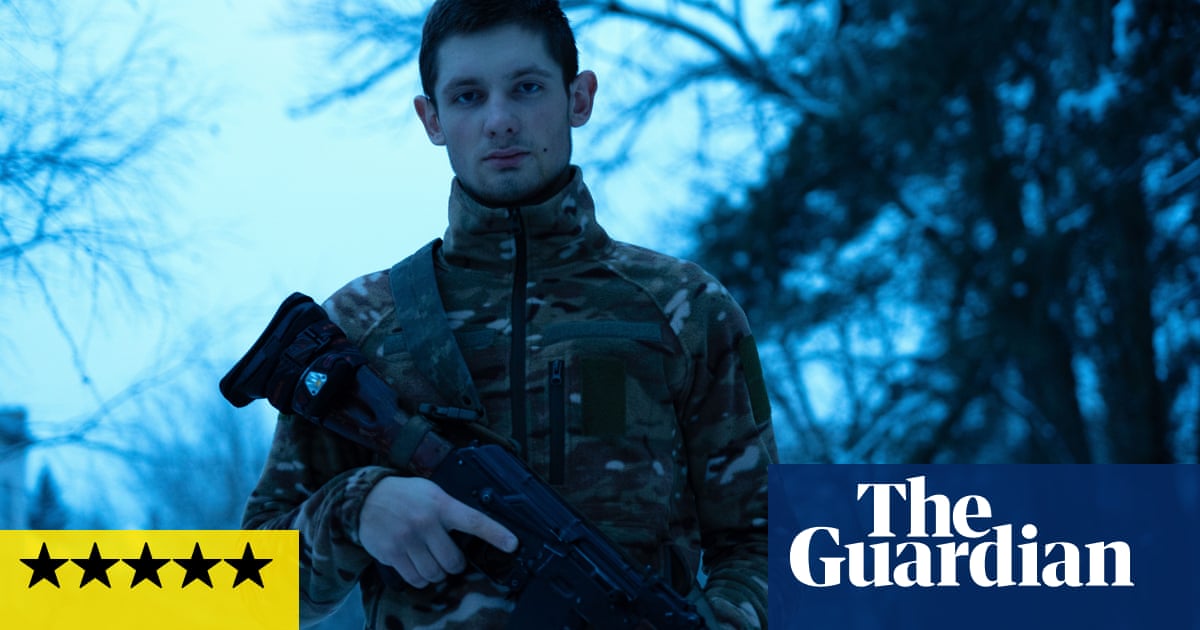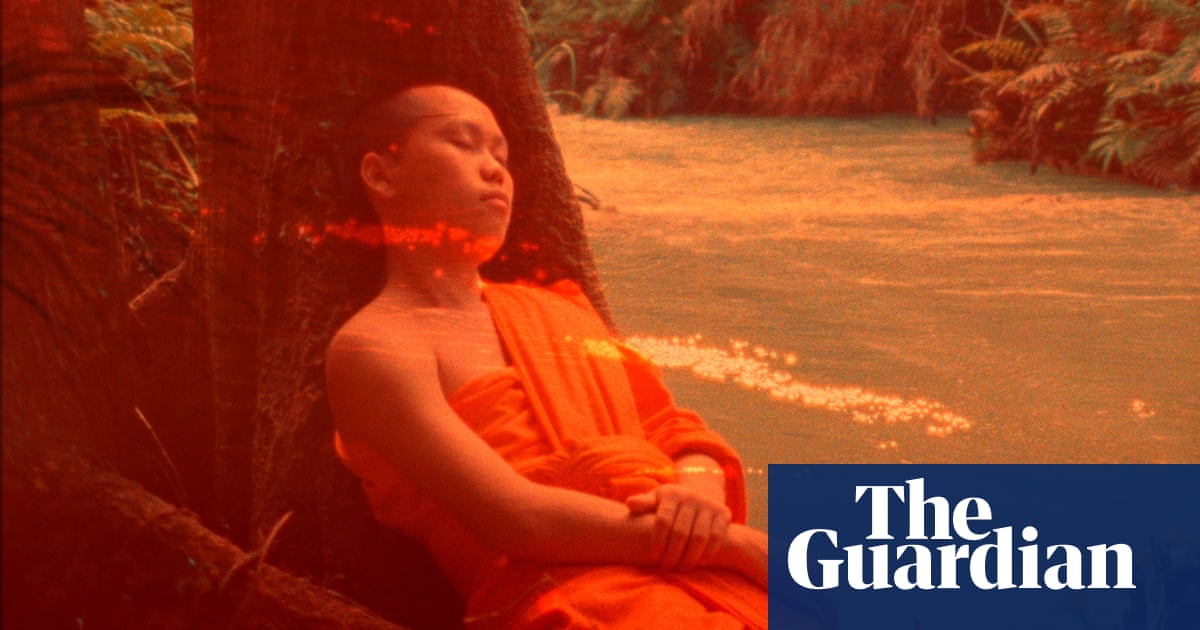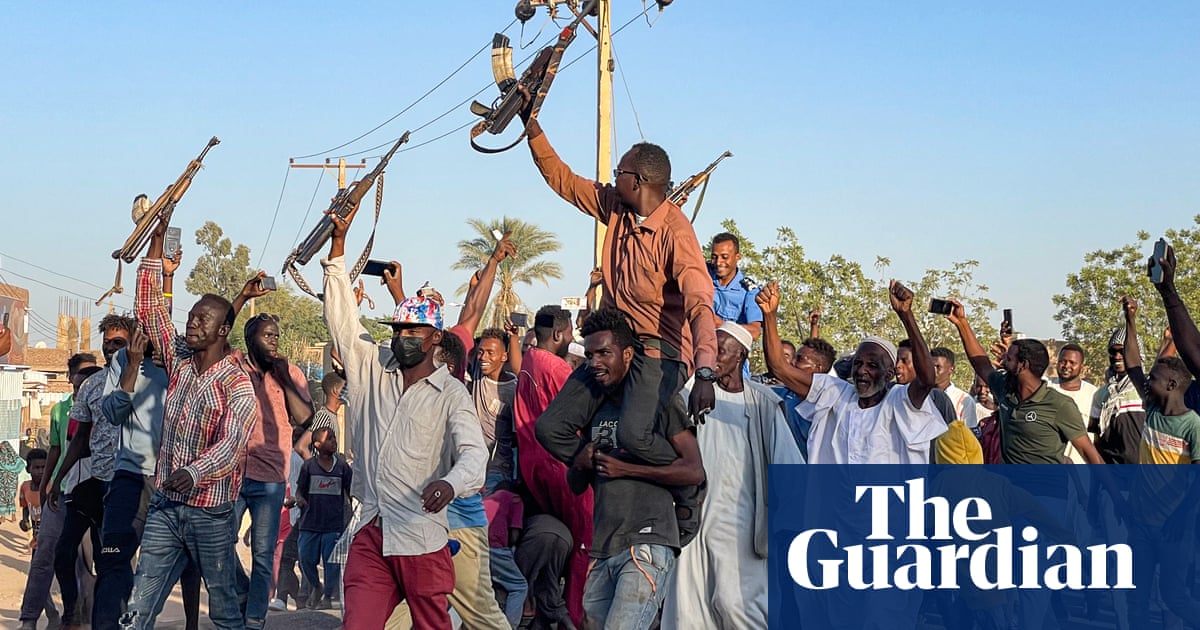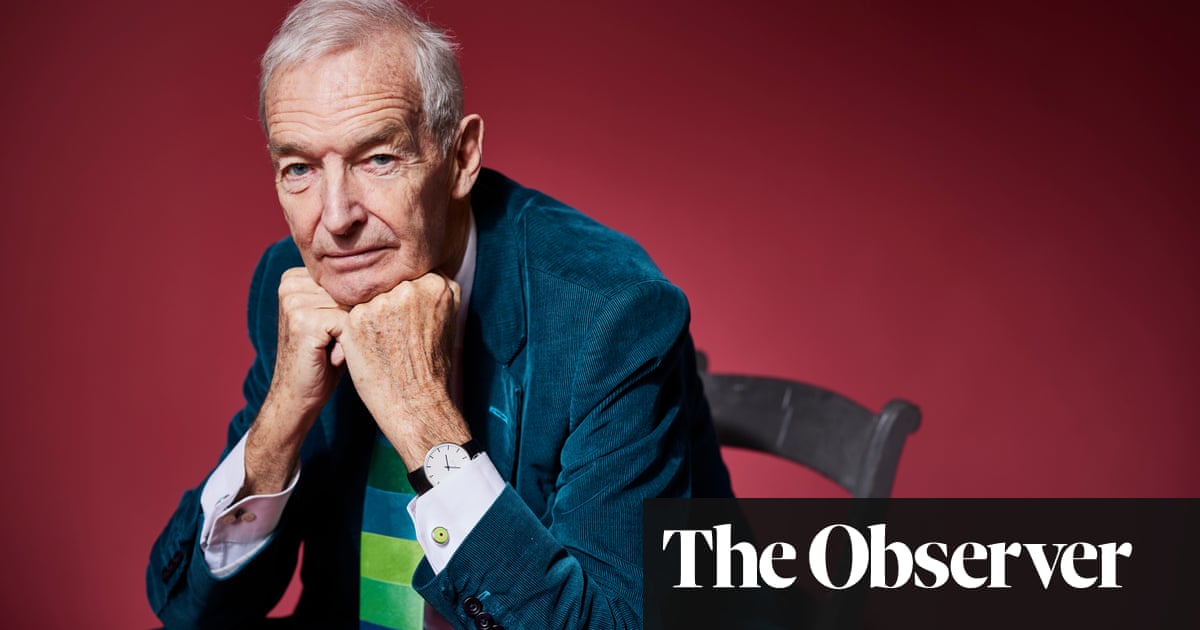
Ukraine: Enemy in the Woods is a surgically precise, raw and devastating documentary about a seven-week mission undertaken in November 2023 by the Ukrainian Berlingo Battalion. The stakes of the Berlingo’s mission are extremely high. The 99 soldiers must defend a section of a railway line that runs through the forest that lies north-west of Kupyansk. If the Russians were to take it, they would be able to resupply and potentially push on to Kharkiv, the second largest city in Ukraine.
This film does not so much explain the mission as show it in visceral detail. You will see death and dead bodies; these images are unlikely to leave your mind. I have never seen war portrayed in this way, so close up, grotesque and frantic.
While the soldiers discuss their experiences in interviews, we also see battles from two other positions. The first is through drone footage. Viktor and Denys are drone pilots who fly explosives, or what they call “gifts”, over the Russian troops and their “foxholes”. With FPV (first-person view) drones, the pilots wear goggles, giving them a direct view of the explosives reaching their targets. When they blow up, the screen cuts to fuzz.
In one attack, from the sky, we see a Russian soldier enter a house. The drone follows him in through the front door. A second drone captures the explosion that follows. The Ukrainian soldiers speak frankly of the thrill of it and how they feel about the men who die: “Why should we feel sorry for them?”
In their own foxholes, the Ukrainian soldiers eat, talk, joke and pray. They hold up rudimentary explosives, made from soap and petrol. They extract mice from their food supplies. They talk about the Russians and ask, again and again – sometimes asking captured Russian soldiers directly – why they have come to this country.
The Ukrainians know they are outnumbered. Maksym, who is 19, says more Russians come every day: “They just die, but they keep coming and coming and coming.” Watching a livestreamed battle on a laptop, Dmytro, a company commander, says: “We kill a thousand, they send another thousand.”
Bodycam footage brings horror from another side. We see decisions made on the fly, hectic and desperate. The Ukrainians shoot at Russian soldiers and the Russians fire back. Foxholes are destroyed by Russian drones. We watch the men discovering the bodies of their comrades, then carrying wounded comrades, groaning in agony, through the forest. In the snow and ice, there are so many bodies. To hear the rapid, panicked breathing of these men – to hear the adrenaline and the fear – is so utterly intimate, direct and powerful. It is deeply disturbing. And it should be.
Over the course of just one hour, we get to know these soldiers, who are deep into a rotation they should have left weeks ago, but there was no one to replace them. Natalia, a combat medic, is the only woman in the battalion. She has a veterinary degree, but now she treats people. She has become “emotionless to certain moments of life”, she says, unconvincingly. Vlad, a unit commander whose family fled Kherson during the Russian occupation, has been rapidly promoted through the ranks. He is “fully 19 years old”.
This film is full of haunting landscapes. In one moment, a soldier examines by torchlight a heap of bags piled on the floor. These are the possessions of the soldiers who have left the battalion. Many are injured; some are dead. A battle takes place at night, in the black of the forest. It is lit only by the flashes of gunfire and explosions. The sky turns red. It is a vision of hell.
But the soldiers of the Berlingo often talk about the after times: what they will do and what they dream of in a free Ukraine. Sometimes, these dreams are as simple as football and festivals, life as it was before. They would like houses, dogs, to spend time with children. In war, in all the loss of humanity, there is a sliver of hope.
Many of us find ourselves scrolling through social media feeds that casually drop in images and footage of conflict and war, among holiday snaps and selfies, flattening these nightmares into a swipeable passing moment. Documentaries such as this insist on the opposite. It is distressing in its frankness – of course it is. But it makes the conflict real and asks you to look, understand and remember what is happening, not so far away.
Ukraine: Enemy in the Woods aired on BBC Two and is available on BBC iPlayer












